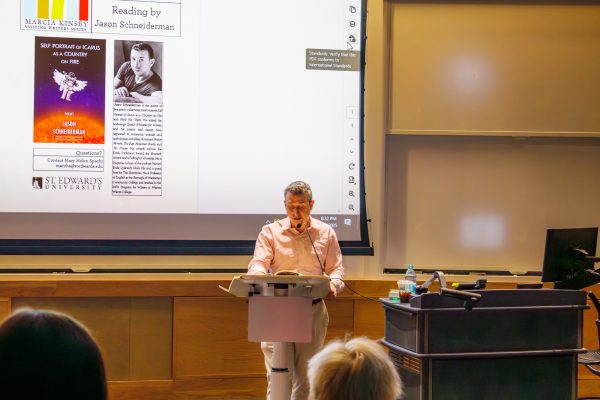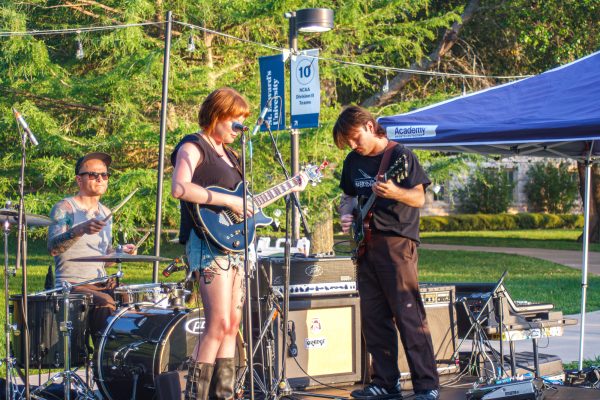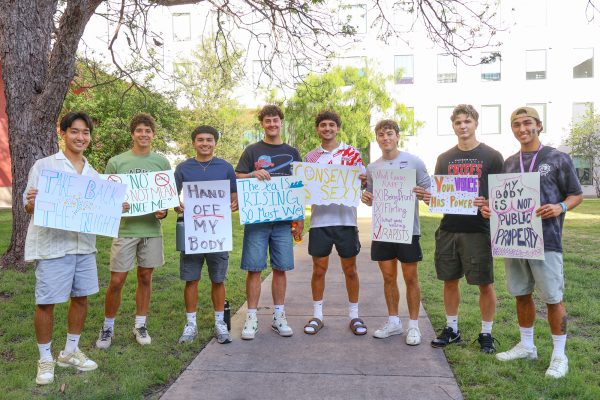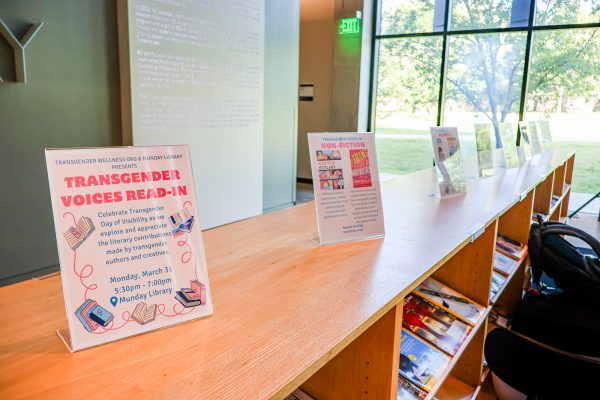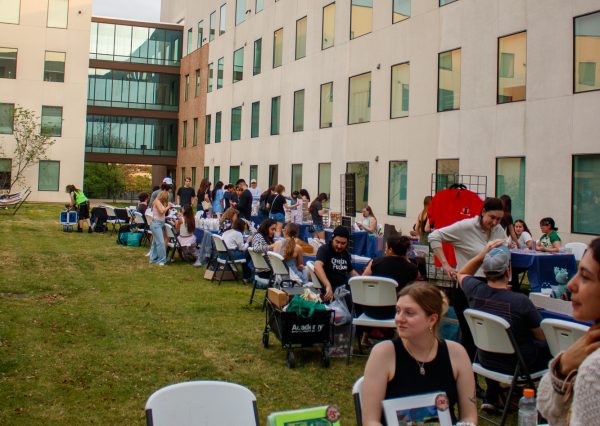‘Time Trap’ proves that time travel can be done cheap
What would you do if you went exploring a cave and found out that deep in the bowels of it was a way to effectively travel through time? Would this inspire you to make sure that you made every second count? Or would it lead to a sense of existential dread, knowing that you’ll outlive the entirety of your friends and family?
The science fiction and adventure film “Time Trap” explores these questions and more with the film’s focus on a group of students who go searching for their lost professor. The man in question is Professor Hopper (Andrew Wilson), an archaeologist who is searching the caves in the western part of Texas, looking for a trace of his parents. Hopper’s family disappeared in the ‘60s looking for the fabled fountain of youth after his younger sister got sick.
The first visual clue the audience is given that something isn’t right is a shimmering boundary that marks certain portions of the caves. The directors make use of easy and low budget ways to induce high-concept science fiction images. The shimmering air, freeze frames and space suits fill the film with cheap, but believable science fiction visuals.
The film features a wide cast of characters beside Hopper, including two of his graduate students, Taylor (Reiley McClendon) and Jackie (Brianne Howey) who decide to look for the missing Hooper after three days. Rounding out the cast is Cara (Cassidy Gifford) a friend of Taylor’s who shares a mutual affection with the student, Cara’s younger sister Veevee (Olivia Draguicevich) and Ferbie (Max Wright), the loveable and dorky camera nerd.
The film was shot in two sets of caves, some near Round Rock and the other in west Texas. This gives a distinct and western vibe to the film, creating a variety of interesting lighting choices by the cinematographer. Due to the filming in the cave, there is a heavy reliance on the artificial lights to illuminate the various characters. Inside the caves, the only natural lights that occur come from the glow from the fountain of youth and the rotating of the sun across the sky as time proceeds rapidly outside the cave.
The main problem with the film is its rapid shift from the realistic world of archaeology to the high-concept science fiction of time travel. It makes the movie feel closer to two separate movies, rather than a single unified one. It’s a small detail, but nonetheless impacts the pacing and flow of the film. All it would take is a couple of scenes to bridge the two identities of the film, creating a more cohesive whole.
The film also plays on the conventions of the found footage subgenre, strategically using shoulder cameras to give key details to the mystery of what is occurring within the cave. This is logically introduced early in the film, with Ferbie sharing his love of cameras with the group and Veevee documenting the trip for a school project.
“Time Trap” continues the boundary crossing by pulling from various times, in order to give a sense of history in the caves. Prehistoric cannibals chase the group around the cavern, Hopper finds the gun of an American cowboy and Spanish conquistadors fill the giant set-piece of the film, showing a frozen battle between these various groups, all trying to claim the mystical waters of the fountain.
“Time Trap” is a film that might have slight flaws, but overall is a fun and thought provoking way in which complex science fiction conventions can be used by low budget independent filmmakers. The directors and writers employ the show, don’t tell method, creating a visually stunning indie flick.


